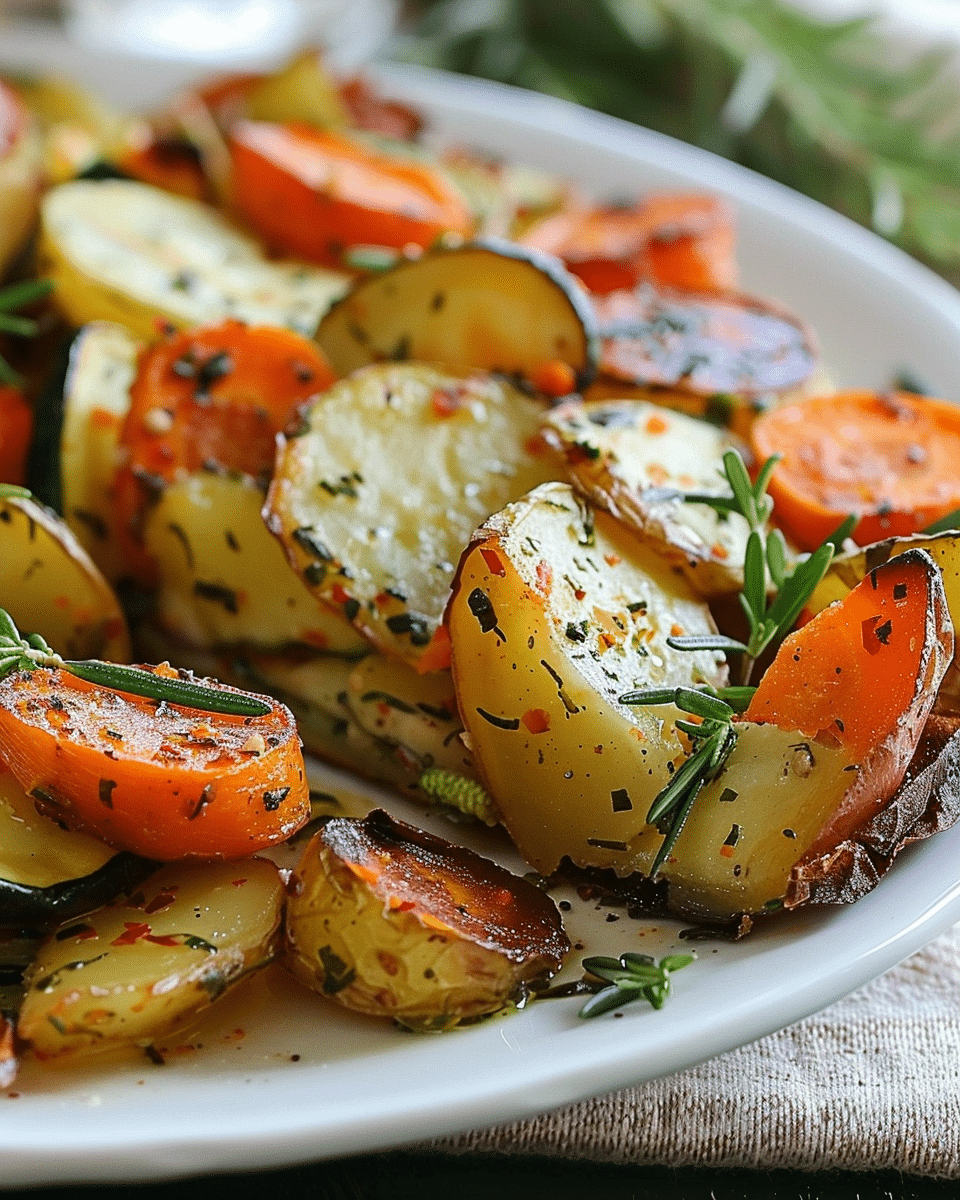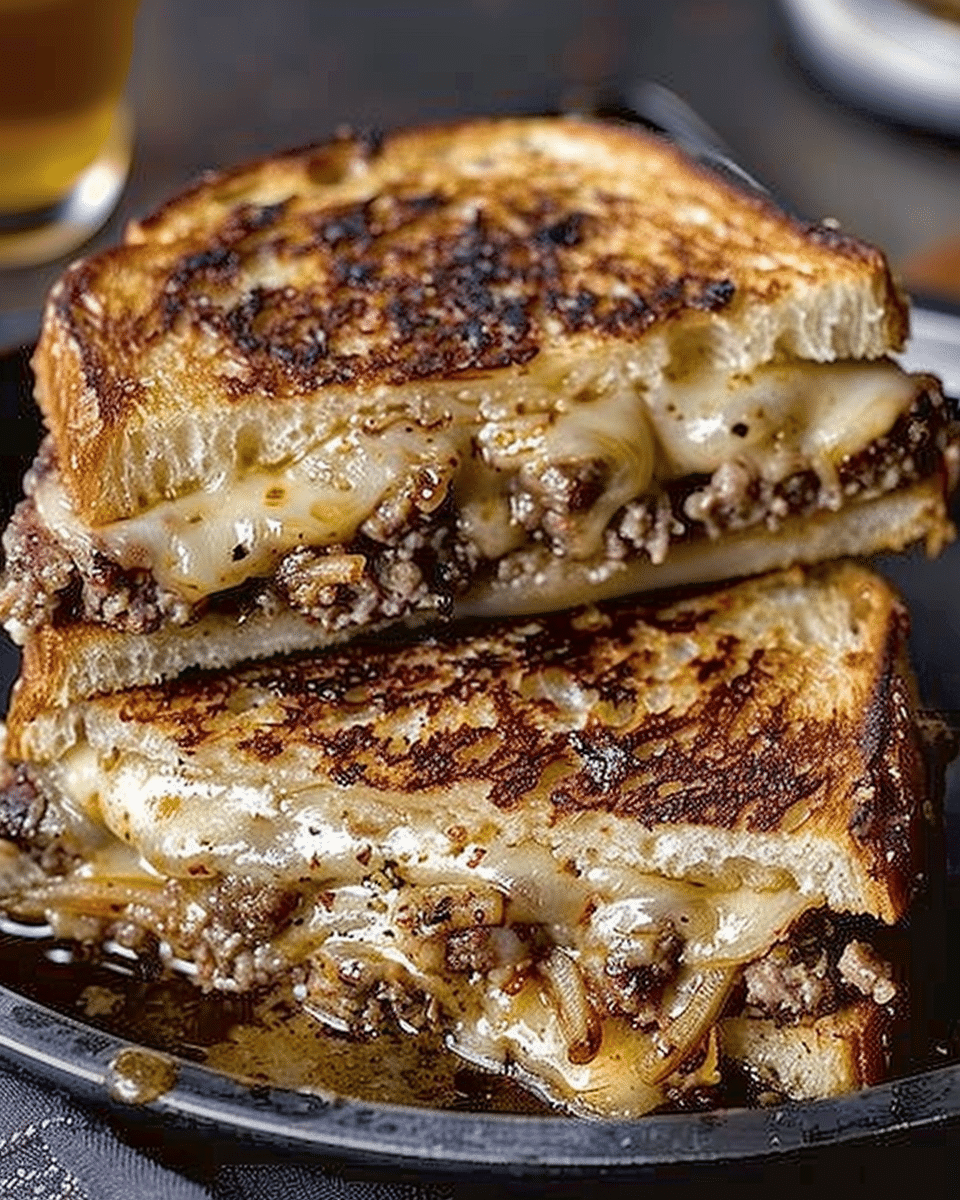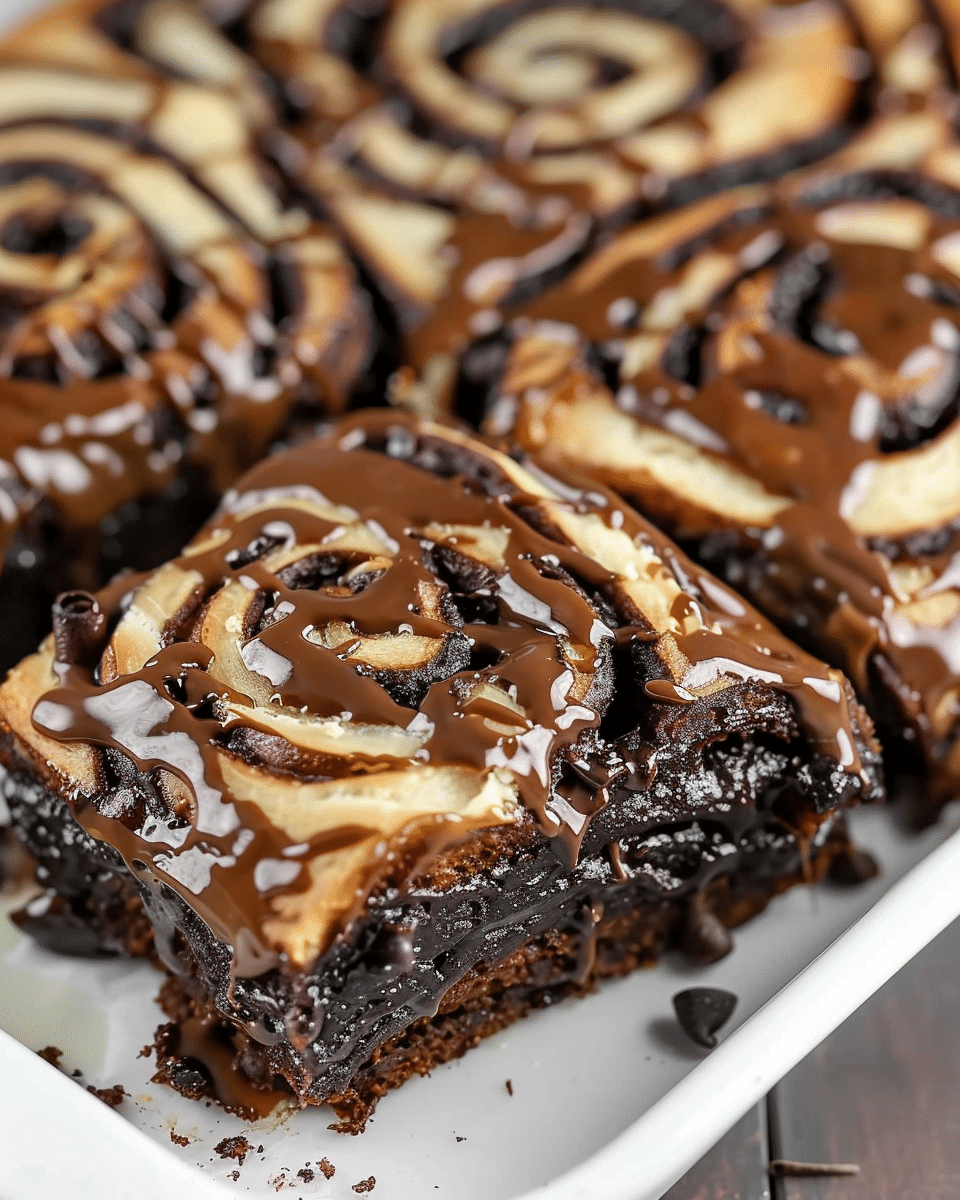In recent times, the culinary world has been abuzz with a unique and intriguing trend – adding milk to noodles. This practice, which has taken social media platforms like TikTok by storm, involves incorporating milk into the cooking process of noodles, particularly ramen, to enhance their flavor, texture, and overall appeal. The concept might seem unusual to many, but countless food enthusiasts and home cooks are exploring this method to bring a creamy and rich dimension to their noodle dishes. This article delves into the various facets of this culinary trend, offering insights into the viral milk ramen recipe, the benefits of adding milk to noodles, different recipe variations, and valuable cooking tips. Join us as we embark on this gastronomic journey to uncover what adding milk to noodles truly does, and whether it’s a culinary innovation worth embracing.
Creamy Noodle Recipes
Ingredients:
- 2 packs of ramen noodles
- 4 cups of water
- 2 tablespoons soy sauce
- 1 tablespoon miso paste
- 1 tablespoon sesame oil
- 1/2 cup sliced mushrooms
- 1/2 cup baby spinach
- 2 soft-boiled eggs
- 2 green onions, chopped
- 1 sheet of nori (seaweed), torn into pieces
- Optional: Sriracha sauce for added heat
Directions:
- Bring 4 cups of water to a boil in a pot. Once boiling, add the ramen noodles and cook according to the package instructions (usually about 2-3 minutes). Drain and set aside.
- In the same pot, add soy sauce, miso paste, and sesame oil. Stir well and let it simmer for a couple of minutes.
- Add the sliced mushrooms and cook for about 2 minutes until they start to soften.
- Add the cooked ramen noodles to the pot and toss them in the savory sauce.
- Add the baby spinach and stir until it wilts.
- Serve the ramen in bowls, and top each bowl with a soft-boiled egg, chopped green onions, torn nori pieces, and a drizzle of Sriracha sauce if you like it spicy.
Prep Time: 10 minutes | Cooking Time: 15 minutes | Total Time: 25 minutes
Kcal: 450 kcal | Servings: 2 servings
Benefits of Adding Milk to Noodles
Adding milk to noodles can serve several purposes depending on the context and the recipe. Here are a few common reasons for adding milk to noodles:
- Creaminess: Milk is often added to noodle dishes, such as macaroni and cheese or Alfredo pasta, to create a creamy and rich sauce. When combined with butter and cheese or other dairy products, the milk contributes to a smooth and velvety texture.
- Flavor: Milk can enhance the overall flavor of the dish, making it milder and more balanced. In creamy pasta dishes, the milk can help mellow out the sharpness of certain cheeses or spices.
- Thickness: Milk can act as a thickening agent when combined with other ingredients like flour or butter. This can be useful in creating a thicker sauce or gravy for dishes like stroganoff or creamy soups.
- Preventing Stickiness: In some cases, adding a small amount of milk to cooked noodles can help prevent them from sticking together as they cool. This can be especially useful when preparing pasta in advance for dishes like pasta salads.
- Nutritional Value: Depending on the type of milk used (e.g., whole milk, skim milk, or a non-dairy milk like almond or soy milk), adding milk to noodles can also increase the dish’s nutritional content, providing additional protein, calcium, and other nutrients.
- Dietary Preferences: For individuals who prefer a dairy-free or lactose-free option, non-dairy milk alternatives can be used in place of regular milk to achieve a similar creamy texture and flavor.
Variations in Milk Noodle Recipes
There are numerous variations in milk noodle recipes, each offering unique flavors, textures, and cultural influences. Here are some popular milk noodle recipes from different cuisines:
Fettuccine Alfredo (Italian):
Fettuccine Alfredo is a classic Italian pasta dish that features flat, wide noodles served with a rich and creamy Alfredo sauce made from butter, heavy cream, Parmesan cheese, and sometimes a touch of garlic. The addition of milk can help create a slightly lighter version of this decadent sauce without compromising on creaminess.
Macaroni and Cheese (American):
Macaroni and cheese is a beloved American comfort food. While traditional recipes use heavy cream or evaporated milk, some variations incorporate regular milk to make it a bit lighter while still maintaining a creamy texture. You can also experiment with different types of cheeses to create unique flavor profiles.
Kheer (Indian Rice Pudding):
Kheer is a popular Indian dessert made by simmering rice, milk, sugar, and aromatic spices like cardamom and saffron. This milk-based noodle dish is sweet, fragrant, and often garnished with nuts and dried fruits.
Thai Peanut Noodles (Thai):
Thai peanut noodles combine rice noodles with a creamy peanut sauce made from ingredients like peanut butter, coconut milk, soy sauce, and lime juice. The milk or coconut milk in this recipe contributes to the creamy consistency of the sauce.
Noodle Pudding (Kugel, Jewish):
Noodle pudding, also known as kugel, is a Jewish dish that combines egg noodles with a sweet and creamy mixture of eggs, milk, sugar, and sometimes cottage cheese or cream cheese. It’s often baked until golden brown and served as a side dish or dessert.
Creamy Chicken Noodle Soup (American):
Creamy chicken noodle soup is a comforting American dish that combines egg noodles, chicken, vegetables, and a creamy broth made with milk or cream. It’s a heartwarming twist on traditional chicken noodle soup.
Sopas (Filipino Chicken Noodle Soup):
Sopas is a Filipino chicken noodle soup made with macaroni noodles, chicken, vegetables, and a creamy broth. Evaporated milk is often used to add creaminess to the soup. If you’re interested in exploring more Filipino soup recipes and their unique ingredients, you can find a collection of Filipino soup dishes in this Filipino soup recipes resource to expand your culinary horizons.
Creamy Mushroom Stroganoff (Russian):
Mushroom stroganoff features egg noodles served with a creamy mushroom sauce made from a mixture of milk, sour cream, and sautéed mushrooms. It’s a comforting and vegetarian-friendly dish.
Carbonara (Italian):
Carbonara is a classic Italian pasta dish made with spaghetti, eggs, grated cheese (such as Pecorino Romano), pancetta or guanciale, and black pepper. Some variations incorporate a small amount of milk to create a creamier texture.
Spätzle (German Egg Noodles):
Spätzle are German egg noodles that are often served with a creamy sauce made from milk, butter, and cheese. This dish can be a delicious side or main course.
Related: Cry Baby Noodles Recipe: Spice Up Your Meals!
Other Perspectives and Alternatives
The idea of cooking instant ramen in milk instead of water is intriguing, but it’s not a common practice because milk has a very different flavor profile and consistency compared to water. Here are some considerations if you’re thinking about trying this:
Flavor:
Milk has a naturally sweet and creamy taste, which may not pair well with the savory and salty flavors of most instant ramen seasoning packets. The combination of milk and ramen seasoning could result in an unusual and potentially unappealing flavor profile. However, if you’re looking for a unique and experimental dish, you could give it a try and adjust the seasoning to your liking.
Texture:
Cooking instant ramen in milk will likely result in a much creamier and thicker consistency compared to using water. The noodles might absorb some of the milk, making them softer and less firm than when cooked in water. If you prefer a more traditional ramen texture, this might not be the best option.
Nutritional Changes:
Using milk will also alter the nutritional content of the dish. Milk contains additional fat, protein, and sugar compared to water. If you’re concerned about the nutritional aspects of your meal, be mindful of this change.
Dairy Sensitivities:
If you have lactose intolerance or dairy allergies, using milk in your ramen could lead to digestive discomfort or allergic reactions. In such cases, you may consider using a non-dairy milk alternative like almond milk or soy milk if you want to experiment with this idea.
Experimentation:
Cooking is often about experimentation and personal preference. If you’re curious about the taste and texture of ramen cooked in milk, it’s worth trying it once to see if you enjoy the result. You can always adjust the recipe based on your preferences, such as using less milk or adding other ingredients to balance the flavors.
In summary, cooking instant ramen in milk is not a conventional method, and the flavor and texture may not be to everyone’s liking. It’s an unconventional experiment that could yield interesting results, but it’s essential to be aware of the potential differences in taste and consistency and to adjust the recipe to suit your personal preferences.
You May Like: Making Noodles with Cornstarch: Ultimate Guide
Tips for Cooking Noodles in Milk
Cooking noodles in milk is not a common practice, but it can yield a unique and creamy result, especially when you’re looking to create a rich and indulgent dish. Here are some tips if you want to try cooking noodles in milk:
Choose the Right Noodles:
Some noodles work better with milk than others. Egg noodles, fettuccine, or other flat pasta shapes tend to pair well with milk because they can absorb the creamy sauce. However, you can experiment with different types of noodles to see what you like best. If you’re interested in exploring various types of noodles, you can find a wide selection of noodle varieties in this noodle guide to help you discover the perfect match for your creamy noodle dishes
Use Whole Milk:
Whole milk (full-fat milk) is the best choice for cooking noodles in milk because it provides the creamiest and richest results. The fat content in whole milk adds to the overall richness of the dish.
Adjust the Consistency:
Be prepared to adjust the consistency of your dish. Milk can make the sauce quite thick and creamy, so you may need to add extra milk or water to achieve the desired thickness.
Add Flavorings:
Milk-based noodle dishes can benefit from additional flavorings to balance the sweetness of the milk. Consider adding ingredients like garlic, herbs, spices, grated cheese, or a dash of nutmeg to enhance the overall flavor profile.
Cook Slowly and Stir:
Cooking noodles in milk requires patience. Use low to medium heat and stir frequently to prevent the milk from scorching or sticking to the bottom of the pot. Slow cooking allows the noodles to absorb the milk and become tender.
Add Cheese:
Cheese and milk are natural companions. Grated Parmesan, Cheddar, or Gruyère cheese can be added to create a cheesy pasta dish with a creamy milk base.
Consider Sweet Dishes:
While savory milk-based noodle dishes are more common, you can also use milk to prepare sweet dishes. For example, cook egg noodles in sweetened milk, add a touch of vanilla extract, and top with cinnamon and sugar for a comforting dessert.
Experiment with Seasonings:
Don’t be afraid to experiment with various seasonings to achieve the flavor you desire. Salt, pepper, paprika, or other herbs and spices can elevate the taste of your milk-based noodle dish.
Keep an Eye on Temperature:
Avoid boiling the milk, as it can curdle or scorch. Maintain a gentle simmer or low heat to prevent this from happening.
Serve Promptly:
Milk-based pasta dishes are best served immediately while they are hot and creamy. They tend to thicken as they cool, so enjoy them right after cooking.
Customize Your Ingredients:
Add vegetables, proteins (like chicken or shrimp), or other ingredients of your choice to create a balanced and satisfying meal.
Cooking noodles in milk can be a delightful departure from traditional pasta recipes. The key is to experiment, taste as you go, and adjust the ingredients and seasonings to suit your preferences.
FAQs
What happens when you add milk to noodles? Mixing milk with noodles can make them smoother, more flavorful, and healthier. It can also tone down the saltiness of the broth and make it thicker.
Can I combine milk and noodles? Absolutely, you can mix milk with noodles, and it’s a common practice in many cuisines worldwide.
Is it okay to add milk to spicy noodles? Yes, you can add milk to spicy noodles to reduce the spiciness. Milk has a protein called casein that can tame the heat from chili peppers.
Do Koreans use milk in ramen? Yes, some Koreans do use milk in ramen, especially if they want to create a creamy or cheesy ramen dish.
Why do people mix milk with ramen? People add milk to ramen for different reasons, like making it creamier, more indulgent, and less spicy. Milk can also thicken the broth and boost its nutritional value.
Can milk give ramen a creamy texture? Yes, milk can give ramen a creamy texture. It’s because the casein protein in milk combines with the fat in the broth, creating a creamy blend.
Conclusion
Adding milk to noodles can make them creamy, rich, and nutritious. It can also make salty broth less intense and thicken it. But start with a little milk and add more if needed to avoid making the noodles too soft. You can also make milky noodles tastier by using ingredients like cheese, butter, herbs, spices, or veggies.
In the end, whether to use milk in your noodles depends on your taste. Some people like the creamy richness it adds, while others may find it unusual. If you’re unsure, why not give it a try and see if you like it? You might be pleasantly surprised!









